|
I freely admit to feeling quite emotional that this is the last time I will ever log onto Weebly - Edit Site - NewNews.
Yes, I've resigned as Web editor. The last six and a half years as editor have been amongst the most significant experiences in my life. I wasn't at all an IT-phobic, and I'd done a lot of print production management (brochures, annual reports etc) in my professional life, and media relations (endless press releases), and quite a bit of public speaking one way and another - and speech writing for others. So I had an idea of what a website could be like. But the technology? No way. But our web builder Weebly was amazing, as also some friends and family and NatHistSoc colleagues who'd been there before. And so it grew. But now it needs to be re-built so that people can have the automatic feeds they've enjoyed. And, although I was initially up for the challenge, I realise it is a perfect time for someone else to have a go who will, I'm sure, get as much fun and satisfaction from it - and maybe also learn as much - as I have. So thank you to all you site visitors, thank you to all you contributors, thank you to the Tisbury Natural History Society for the inspiration. With very best wishes Elizabeth Same as butterflies, of course - metamorphosing from egg, to caterpillar, to (often) fabulous adult. 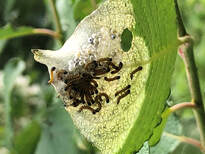 On the Garston Wood Field trip earlier this summer, I spotted what looked almost like a white fungus on a hazel leaf, I think. Peter Shallcross though, who 'breeds' moths, instantly suggested it was Buff tip moth eggs - go to Recording/Active surveys to see what one looks like. 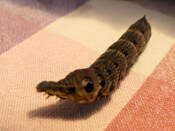 Photo: Andrew Graham Photo: Andrew Graham Then, Debbie Carter spotted this amazing caterpillar 'ambling across our back yard.' (Hawkmoth caterpillars always have that spike on their tail.) So look where you're walking! The deadline for signing up for this trip on Saturday, 9 October is this Wednesday, 23 September.
Go to Field Trips for everything you need to know, including the information that Dick Budden needs to book you in with Dorset Wildlife Trust, and with The National Trust for the ferry to the island. Non-members and guests are, of course, very much invited to join us. Did you miss out on the bat walk at Old Wardour? There's another opportunity this Thursday, 23rd - go to Field Trips for full details.
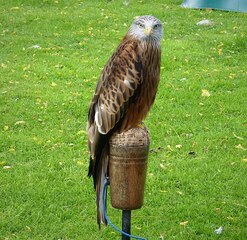 Red kite perching - gailhampshire from Cradley, Malvern, U.K, CC BY 2.0 httpscreativecommons.orglicensesby2.0, via Wikimedia Commons Red kite perching - gailhampshire from Cradley, Malvern, U.K, CC BY 2.0 httpscreativecommons.orglicensesby2.0, via Wikimedia Commons Andrew Graham's report for September's Tisbury Focus concludes with the above advice for us on how to live with the growing number of these birds that we are seeing overhead. He writes: 'The red kite is a magnificent bird of prey becoming increasingly common in this part of Wiltshire. It is unmistakeable with its rufous brown body and distinctive forked tail which it twists to use as a rudder in flight. In the 1930’s the UK population declined to two pairs which clung on mid Wales, but the species was saved from national extinction by a major protection programme. Since then, birds from Spain and Sweden have been successfully re-introduced to England and Scotland. Red Kites now breed over an expanding area of the UK and non-breeding and wintering birds may be seen across most of the country. 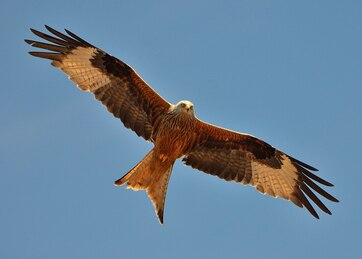 Photo: Noel Reynolds, httpscreativecommons.orglicenses via Wikimedia Commons Photo: Noel Reynolds, httpscreativecommons.orglicenses via Wikimedia Commons 'The birds we will see are almost certainly part of the expanding reintroduced population rather than from the surviving native population in Wales. Males and females are essentially similar but in bright sunshine their strongly marked plumage is striking. The white primary feathers of the wing contrast with black wingtips, the yellow beak and eye stand out against the grey head while, in the right light, the tail may look positively orange. Its call is like but distinct from that of the buzzard – less mewling and more quavering - and will often be heard when several birds are together. Indeed, as numbers of birds in an area starts to grow, they may gather in communal woodland roosts where they can be seen dropping in from the surrounding countryside at dusk. 'They were common birds of the town in Shakespearean times where they lived on carrion and offal and served an important role in clearing up human waste. When birdwatching in Europe, rubbish dumps were often a good place to find them. Their diet remains mostly carrion, roadkill and worms which they can often be seen collecting in recently ploughed fields. As scavengers, they are particularly prone to poisoning from illegal poisoned baits and pesticides. They will occasionally take small mammals given the chance and will gather around harvesting operations on the lookout for a meal. 'Red kites nest in woodland in a scruffy nest often on top of an old crow’s nest. They hunt widely over mixed countryside, wooded valleys, and pasture, will stray over towns and can be see flying over Tisbury on occasion. Urban areas near the successful reintroduction in the Chilterns now regularly see numerous (double figures) kites overhead. This is partly because people took to putting out scraps to attract this impressive bird to close quarters. Unfortunately, this has resulted in a developing problem akin to that of herring gulls at seaside resorts where emboldened birds, used to being fed, start to pinch food from humans. This can be very alarming for children, so such feeding is not recommended. Nothing like that has been reported hereabouts so hopefully we can enjoy more views of this handsome bird in years to come without encouraging them to become a pest. Then our summer lunches won’t be subject to the warning: “red kite in the morning; put out the awning”. 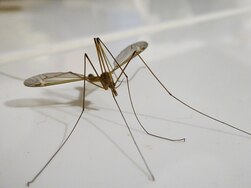 Photo: Joachim Lutz, CC BY-SA 3.0 via Wikimedia Commons Photo: Joachim Lutz, CC BY-SA 3.0 via Wikimedia Commons August alert Rooks and jackdaws seem to have had a very successful breeding season with the roost in the beech trees off Vicarage road containing thousands of noisy birds. At this time of year, they can be a nuisance on ripening cereals but for most of the year they are beneficial. Andrew Graham tells us about one of their favourite foods: ‘Leatherjackets in our lawns are favourite foods for starlings which often feed in our lawns. 'They are commonly seen in our gardens and make a nuisance of themselves by coming into houses where they seem to bump around the walls in an aimless and slightly sinister fashion. They are largely nocturnal and as they are attracted to light they will come in through open windows in the evening. With large translucent wings and long gangly legs, they can be quite disturbing especially to people who do not like insects. They are sometimes be confused with spiders or giant mosquitoes. Alarmingly, if you try to do the right thing and catch them to release outside their legs often drop off in your hand. However, they do not bite are generally harmless and are not to be feared. However, although the larvae of most species feed on decaying organic matter so playing an innocent part in nutrient recycling, a couple of species are agricultural pests and can seriously affect our lawns. 'When the adults emerge in late summer they may do so in large numbers and then after mating, as they only live a few days, they die in similarly large numbers. 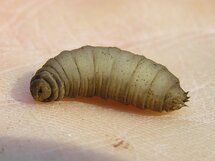 Leatherjacket grub Beentree, CC BY-SA 3.0 via Wikimedia Commons Leatherjacket grub Beentree, CC BY-SA 3.0 via Wikimedia Commons 'After mating, the females lay their eggs amongst grass, and these develop into the rather unpleasant looking grey grubs we call leatherjackets. A damp autumn helps these eggs and larvae to survive in greater numbers. These live underground feeding on grass roots or emerging at night to chew on stems. A serious infestation can create areas of poorly growing or dead grass. But on the positive side they do provide food for starling, rooks, crows, and magpies.’ No, nothing supernatural. But things absolutely super natural: moths. Fans or phobics, I would guess that you've noticed the gallery of fabulous creatures that now grace each of our pages, thanks to Andrew Graham's moth trap. Sending the latest gallery, Andrew explained: 'To put things in context: I started from scratch with my knowledge of moths when I got my moth trap at the start of lockdown in March '20. Since then, I have identified 250 moths that I have seen in my garden which backs onto fields. The huge majority of these are macro moths and although I have started to try to identify the micro moths, I have so far not been very successful. This year has not been as productive as last year so far as I have only identified 150 or so species in my trap although quite a few of these are new to me. I am sure that there remain plenty more to be identified and added to my list.' Sometimes, these exquisite creatures are the 'wrong' shape for the page headers, so here are some of the photos I would love to have used but couldn't, or which couldn't display properly. Just click on each image to enlarge it to rather more than life-size.
For more about Andrew's moth trap, go to Recording/Active surveys. This was the first of our 2021/22 series but sadly, we had to postpone the talk by Simon Smart of Black Sheep Countryside Management a consulting business for farmers across the downland landscape. Instead, our Chairman Peter Shallcross gave a talk about the work being done to restore disease-free elm trees to our countryside.
Most of you will know about the broad context of the topic: the decline of elm trees across the UK, ravaged by Dutch elm disease that has devastated huge areas of the countryside. If you’re unaware, or want to see an example of the disease progressing through a relatively young specimen, now is an ideal time. Dick Budden says that if you drive past his house (Chicksgrove Close, on the right hand side as you head out of Tisbury) you will see the elm in question growing out of the hedgerow just East of the entrance, with the leaves closest to the road prematurely withered while the rest of the tree still looks healthy – not merely an early sign of autumn’s approach. The tree may last another 12months or so, it seems, before it is completely dead and inevitably needs to be felled. Peter described the origins and progress of the disease and its implications for wildlife. He talked about the initiative he's involved in to support the national programme for recovery and the re-population of our area that he is actively engaged in. 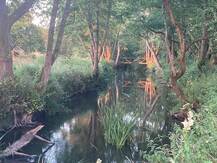 Photo: Dick Budden, Sunset on the Nadder 18th July 2021 Photo: Dick Budden, Sunset on the Nadder 18th July 2021 (Apologies if you've seen this already - Feedburner messed it up for those using that service.) We know from the survey undertaken last year further up the Nadder near Weaveland Farm (go to MoreNews and scroll down to 15 August 2020), that this area is phenomenally popular with bats. This year, Peter G Thompson recorded 10,000 hits on Dick Budden's patch. For more detail, go to Active Surveys. That big blank space in the middle of the Ordnance Survey map (North) of Salisbury and Stonehenge is, thanks to the Army's big guns, pretty much unknown to most of us (bar those who went Bustard spotting).
But on Thursday 16 September, we'll be learning all about the species rich habitat that's Salisbury Plain, from Simon Smart of Black Sheep Countryside Management. Go to Talks for full details - it's via Zoom. Many apologies to my viewers, especially those who have stayed with me: we're in the process of switching from Google's Feedburner to an alternative that will notify you of a new post - or even to a website builder alternative to Weebly, much as I love them. I hope normal service will be resumed asap.
Meanwhile, please just log onto this page whenever curiosity overcomes you - new items normally appear every 2-4 days, depending on urgency/relevance/topicality/my mood!! Thank you very much for your support. |
Photo: Avocets (Izzy Fry)
The headers display photos taken by our members. Do get in touch via the Contact Form if you'd like to submit a photo for selection.
Archives
May 2024
Categories
All
|
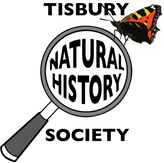
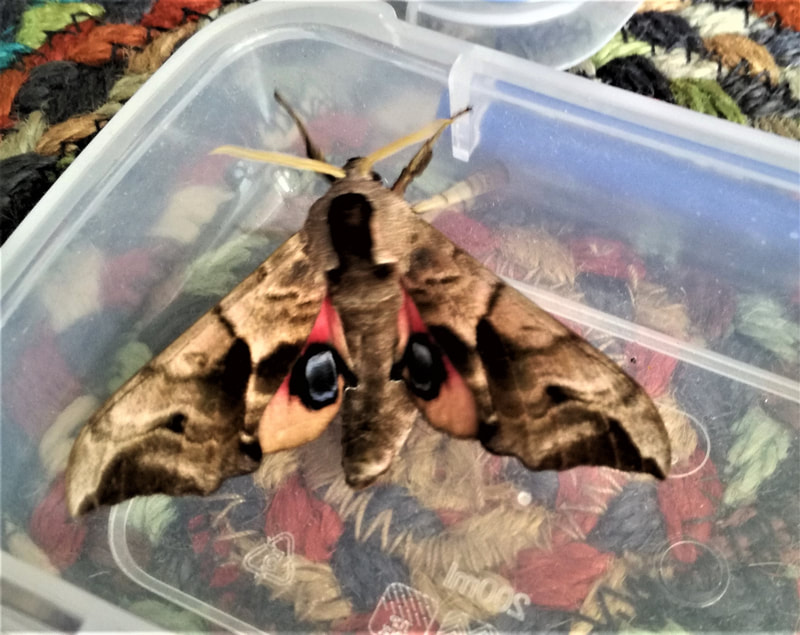
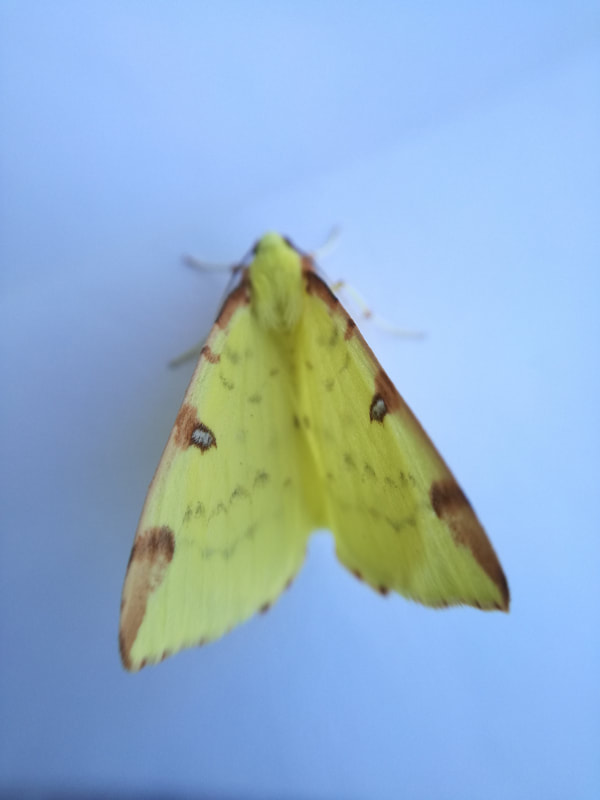
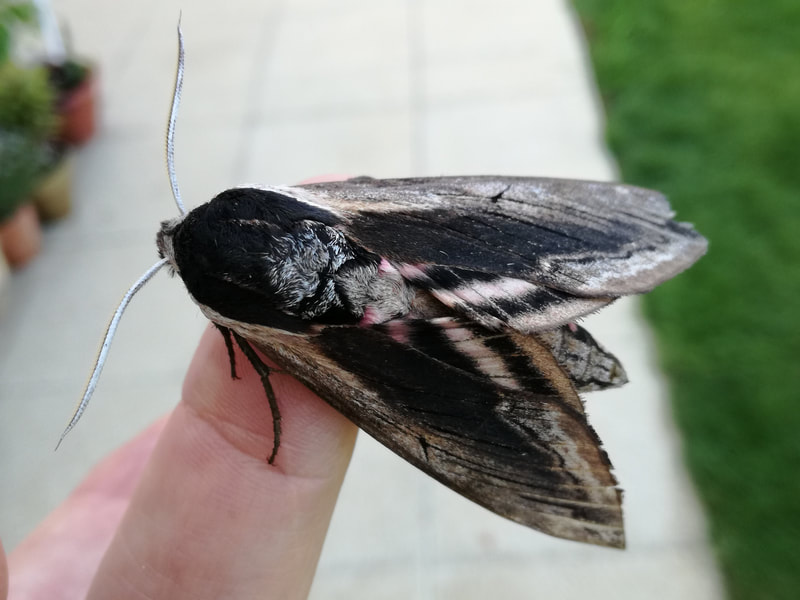
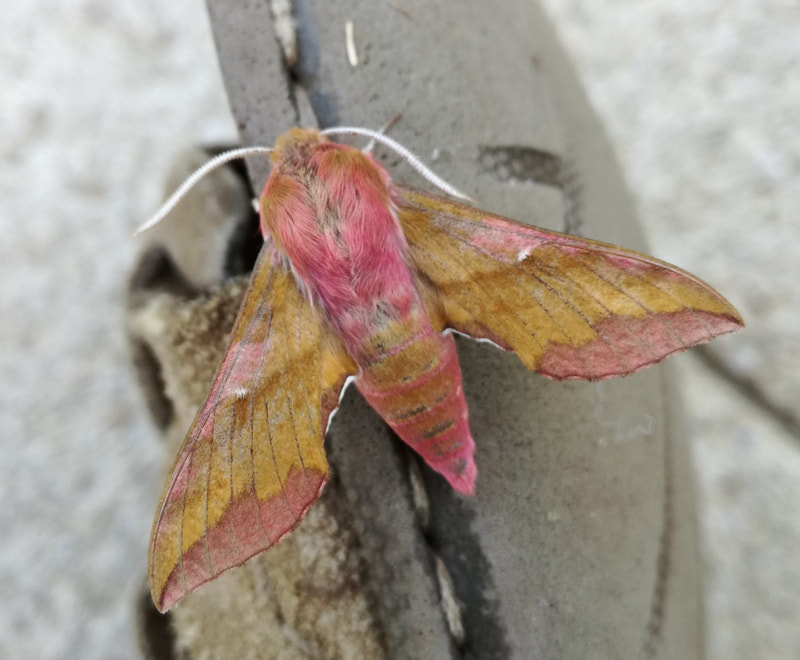
 RSS Feed
RSS Feed